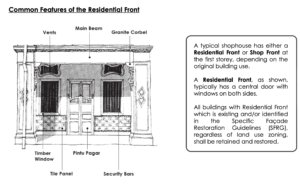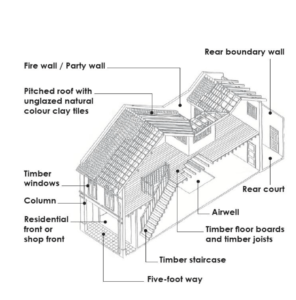History
Built during the 1840s to 1960s, with unique architectural features that are symbolic of Southeast Asia’s colonial era.
What is a Shophouse?
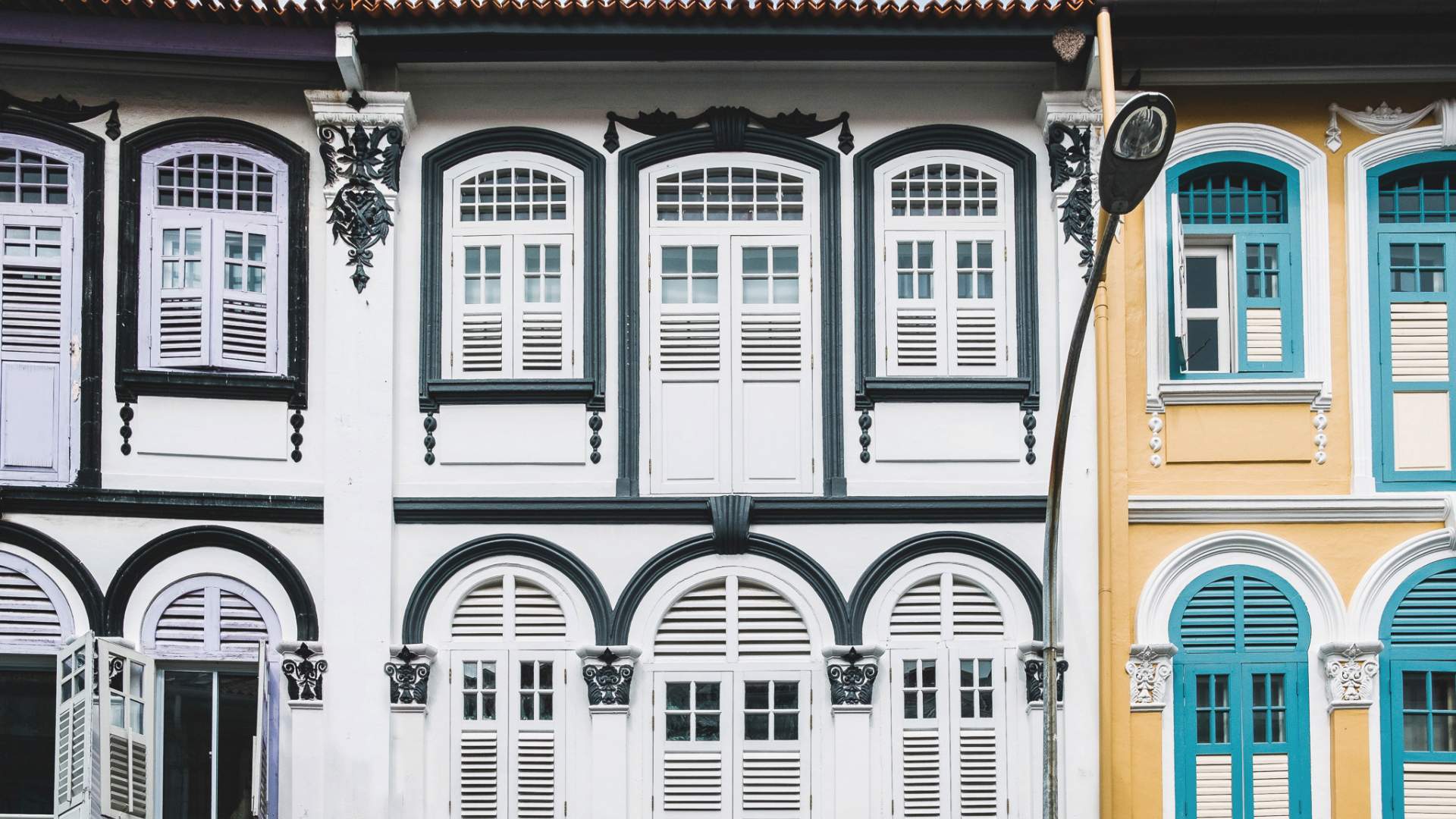

The fundamental form of Shophouses
The fundamental form of shophouse was originally based on traditional Chinese houses in southern China, where the majority of Singapore’s early immigrants were from. They traditionally served as a home and place of business for wealthy merchants or traders. The front room on the ground floor were used to conduct business.
Towards the 20th century, richer business owners also sometimes built townhouses as a dedicated residence for themselves. They would modify existing shophouses by adding an extra storey and enhancing the façade with beautiful decorative embellishments. The ground floor, which would have been used for a shop, then functioned as a main hall for receiving guests instead.
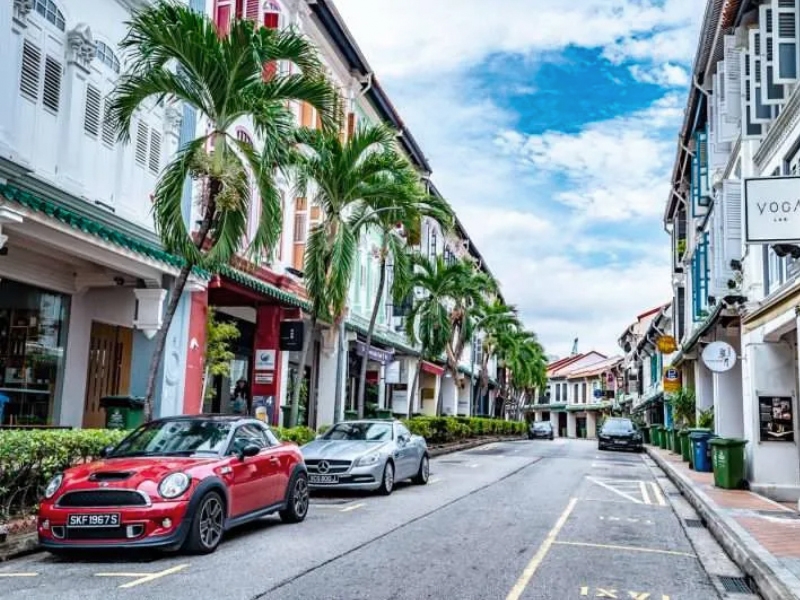
Architectural Characteristics

Despite so, it still maintained a certain set of characteristics such as low rise i.e. 2 or 3 stories tall, relatively long and narrow with a typical frontage of 16 to 18 feet (5-6 metres) and were usually built as a row of buildings along streets. Five-foot ways was initiated by Sir Stamford Raffles in his town planning when he founded Singapore. These five-foot ways allowed pedestrians to be sheltered from sun and rain. The pitched roofs are usually laid with clay tiles and flooring typically timber but later stage of shophouses especially in the art deco style are built using concrete.

Shophouses of this style are shorter and have one or two timber windows on the upper storey facade. The early builders made use of locally-sourced construction materials. Plaster Ornamentation is minimal.

With increased wealth and an influx of skilled labour, shophouses become taller and decorated with plaster and tile. Addition of small panels of glass into the timber windows become increasingly common.

This is the most spectacular style, particularly in the extensive use of plaster, tile and cast iron ornamentation. Each upper storey facade has three windows with minimal wall in between for maximum ventilation.
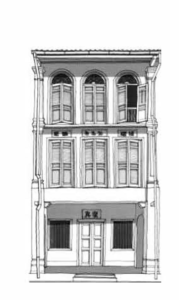
Shophouses of this style are simpler and more streamlined as builders began to cut down on the use of ornamentation; perhaps as a reaction to the exuberant spirit of the Late style and to the economic situation of the time.
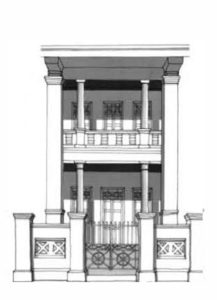
Style The Art Deco style is typified by streamlining of classical motifs such as column orders, arches and pediments into geometric designs. A common feature is a plaque with the date of the building's construction. Shanghai Plaster was also a popular surface treatment.
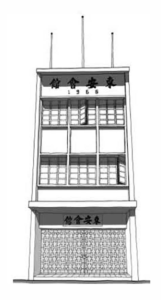
Common features are the innovative use of thin concrete fins and air vents which are functional as well as decorative. Flat roofs became the norm. Mild steel windows complemented the geometric facade.
Shophouses Today
Let us do the leg work in finding the perfect shophouse for you
People are the soul of a team and you can’t know Shophouse Collective unless you know its people. Meet our shophouse mavericks:

Lukas
An accountancy-trained overseas graduate, Lukas is the numbers and finances guy helming Shophouse Collective. His experience as a full-time SAF officer trained him to be very meticulous in his planning and execution. The advertising industry experience under his belt gave him a flair for the creative in marketing and advertising. In automotive sales, he was consistently ranked among the top and he won many awards. This has very much to do with his ability to sense and understand the real needs of his customers at a deeper level. Lukas has more than 6 years of experience in the real estate field and was also a panellist speaker at Sing.Pac 2013.

Agnes
A former air crew turned automotive sales professional, Agnes has proven herself in both sales and customer service. She was consistently one of the top performers and award winners while in the automotive industry. Wanting to grow even further on a personal level, she decided to make the switch to real estate in 2021. Her ability to interact with people from all walks of life makes her a great people person – an invaluable attribute that has served her well in understanding the needs of her customers, both sellers and buyers.
